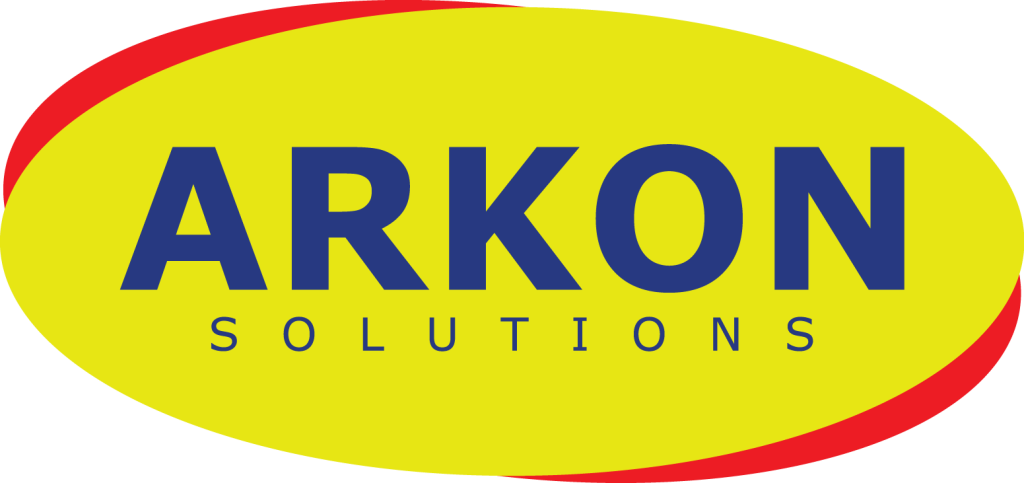NELARABINE

Nelarabine
Molecular Name: Nelarabine
Active Ingredient: nelarabine
Strength: 250mg/50ml
Manufacturer Name:
The chemotherapeutic medication nelarabine is used to treat T-cell lymphoblastic lymphoma and T-cell acute lymphoblastic leukaemia (T-ALL). Nelarabine are used to advertise it (T-LBL). The cancer medication Nelarabine is used to treat people with T-cell acute lymphoblastic leukaemia (T-ALL) or T-cell lymphoblastic lymphoma (T-LBL). An increased growth of T lymphoblasts, an immature kind of white blood cell, is a hallmark of these tumours. In the lymphatic system in T-LBL and the blood and bone marrow in T-ALL, the aberrant cells are mostly identified (lymph nodes or thymus gland). Nelarabine is used when the cancer has stopped responding to at least two distinct kinds of chemotherapy.
About us
Arkon Solution is here to help you with your medical needs and assist you in every possible manner.
We are steadfastly committed to assisting people in finding the best medication possible. Our staff is here to help you at every step of the procedure, and we’ll do everything we can to get you the medication you need as soon as possible. Please contact us to learn more about who we are.
FAQ’s
A monoclonal antibody in the treatment for lymphoma known as brentuximab vedotin reacts to a protein known as CD30 on some lymphoma cells. A cancer-fighting substance is also present, which could help eradicate cancerous cells. One example of an antibody-drug conjugate is brentuximab vedotin. One such monoclonal antibody is brentuximab. Monoclonal antibodies are more recent types of antibodies. In a lab, they are created. Targeting specific proteins on the cell surface, monoclonal antibodies look for cancer cells. Anaplastic large-cell lymphoma and Hodgkin lymphoma cells contain a protein called CD30, the target of the drug brentuximab. To deliver medicine to the cell, brentuximab adheres to the CD30 protein. After that, the medication kills the cell.
Patients with Hodgkin lymphoma benefit greatly from second-line treatment with benuximab vedotin and ESHAP. People with stage 3 or stage 4 Hodgkin lymphoma who have not previously received treatment and those who did not respond well to a stem cell transplant. Additionally, patients with systemic anaplastic large cell lymphoma did not respond to at least one prior multiple drug therapy. And those who did not react favourably to two distinct drug therapy regimens with various chemotherapeutic agents are all candidates for treatment with brentuximab. Each time you receive therapy, you can give the medication using a thin, short tube inserted into a vein in your arm.
Vedotin is delivered via Brentuximab to target CD30 + cancer cells and kill them specifically. Patients with CD30-positive lymphoma who received stem cell transplantation may see better results while taking the brentuximab vedotin. Some children and teenagers with Hodgkin lymphoma might not require radiation therapy at all, or it could reduce the need for it. In recent research, children and teenagers with a high-risk type of Hodgkin lymphoma were treated with the targeted drug brentuximab vedotin (Adcetris) instead of one chemotherapeutic drug. The trial used a well-known first- or first-line therapy strategy for high-risk juvenile Hodgkin cancer. When necessary, chemotherapy drug combinations are followed by radiation therapy.
FAQ’s
Pregnant ladies should not take Nelarabine. Pregnancy before, during, or soon after therapy may be harmful to the unborn child.
Nelarabine is stable after the vial is opened for up to 8 hours at temperatures of up to 30°C.
Nelarabine has been shown to be effective in two significant studies that included patients with T-ALL and T-LBL whose cancer had stopped responding to one or more prior cancer treatments.
Nelarabine, which is only available with a prescription and is given by drip into a vein under the supervision of a medical expert with experience giving this kind of medication, is only available with a prescription.
The dose and frequency of infusions are based on the patient’s age and body surface area, which is calculated using the patient’s height and weight.
The following side effects are regularly experienced by adults taking Nelarabine:
• Infection
• Neutropenia
• thrombocytopenia
• anaemia
• somnolence (drowsiness) (drowsiness)
• Paraesthesia and hypoesthesia
• dizziness
• headache
• dyspnea
• Additional adverse effects include cough, diarrhoea, vomiting, constipation and nausea.
